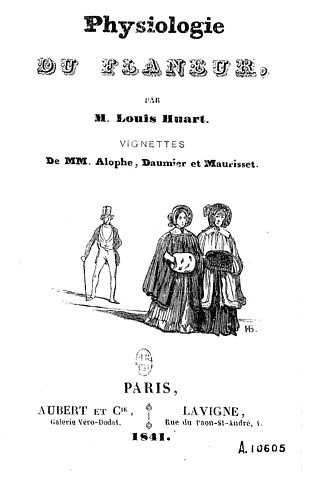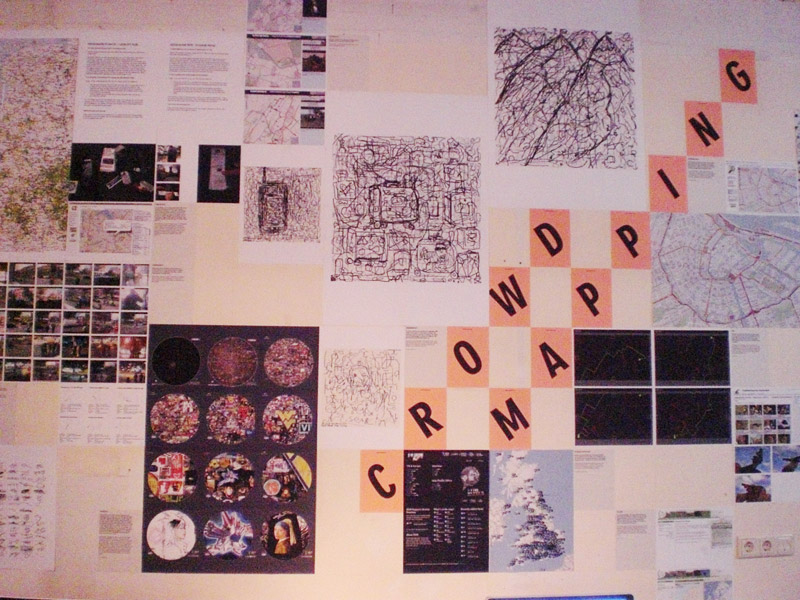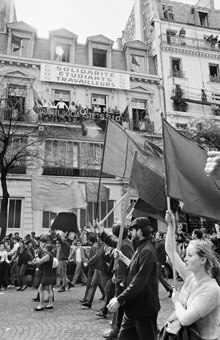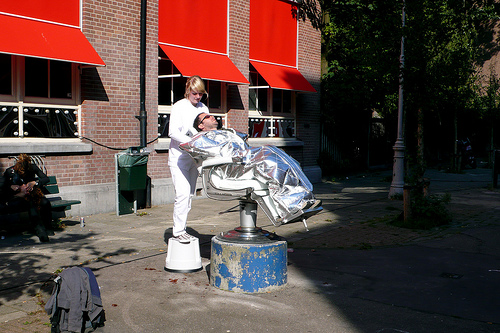Détournement is a technique. Détournement is a style. Détournement is a tool.
- To really understand the concept of this tool, first we have to get to know it’s origins.
When we speak about détournement, the first and the most important figure we have to mention is Guy Debord.
Debord was a Marxist theorist; writer and filmmaker who is mostly known for his activity and leading membership of the Situationist International ( SI ).
In 1950, at the age of 19, Debord joined an avant-garde movement called Letterism, led by Isidore Isou. After two years Debord splits off and creates a radical group, the Letterist International.
Shortly after this collective of rebel artists and theorists was founded ( 1952 ) , détournement was claimed by this certain group.
The very first publication ( and description ) we can find on their desires; announced by Guy Debord and Gil J Wolman in 1956, was the ‘ A User’s Guide to Détournement ‘ .
After we did these very basic studies on the genesis of our subject, we can go deeper in search of the meaning and, so to say, the use of détournement.
- Every movement, every new style claims current things and situations to change. They all have the same purpose: leave the old, the used behind and create, express something new. In our case Guy Debord’s movement was a very radical, even revolutionary way of changing the meaning of art, or better, the production of it. Debord and the situationists all agreed on the fact that art could no longer stay a chic, luxurious, high class production. Rather they believed and strived for art to have a deeper, educational input. They broke down the walls of the classical and the bourgeois way of looking at and creating art by taking different elements of already existing works and transforming them into something new, to express another meaning. These changes don’t necessarily have to be drastic or aggressive. The point of it is to change a small component but then with this small detour, changing the overall expression and audience. They mainly aimed political situations and circles, but only in a peaceful and respectful way.
A very important figure and example in this case would be Asger Jorn. Jorn was a really good friend of Debord, therefore he was highly inspired and led by the situationist concept, styles and ideas. In his paintings series called The ‘Defigurations’ , we can clearly explore the idea of détournement. His works are mainly driven by political issues and his frustration with established structures and authorities within society.
Another well known example is Marcel Duchamp’s L.H.O.O.Q. where he simply adds a moustache on Mona Lisa. With this small adjustment which first looks funny and sarcastic, Duchamp changes the whole meaning of the original Mona Lisa, that presents a laid back, carefree woman, but with this detour he presents the restlessness of the women’s sexuality.
- At this point i find it more important to come up with more recent examples for détournement.
Let’s say you go to a restaurant, you get a piece of toast and a strawberry. Then you take a bite of this strawberry and you realise that it is actually a tomato. This is a concoction by the radical Star Chef Grant Achatz called ‘ strawberry / tomato ‘ . His cuisine is amazingly revolutionary as he transfers every simple ingredient into something more, something different. With this, he presents the meaning of modern cooking on a new level that is more of a performance or art than just making food for the guests. The food itself loses its meaning, it becomes the show, the whole experience. He takes a simple vegetable a normal herb or an ordinary ingredient but then the way he cuts, boils, combines them he creates tastes, techniques and culinary styles that we have never experienced before.
Another very important figure and illustration from our daily life is Banksy. We are not quite certain if Banksy is one person or a group of revolutionary artists, but the works we find and see under Banksy’s name are carrying the biggest recent political and social issues from these days.
In our case Banksy (…) could be one of the best examples how détournement works. In these works we can find well known images of current situations, famous moments and people, companies and figures. The way Banksy transforms these pieces, irrevocably opens our eyes on actual problems in our society, on existing and known political debates. The only small detour Banksy has, is that the way it’s propaganda exists might be more aggressive or intense by publishing them on public places, than the basics of détournement were created.
- However, we face an important and interesting question now. What if we detour détournement? How far can détournement go? How can or should we divide it from anarchy?
Or maybe peaceful propaganda is not enough at all these days anymore…?!
I assume it might not be. I believe that nowadays within such an aggressive society, political parties and their choices; we have to fight the “rival” with clear, harsh and rebel tools.
So answering our questions: it is almost a mandatory for us artists and philosophers and writers, comedians, journalists or simple working class people and for all medium that is capable of, to take the peaceful elements of détournement to a next, advanced level. We do have to go further and show our dislike or disagreement, even if it has to cross laws and politeness, for the sake of change and recognition. We have to apply effective and more powerful tools to our ideas and requirements for them to be realised.





